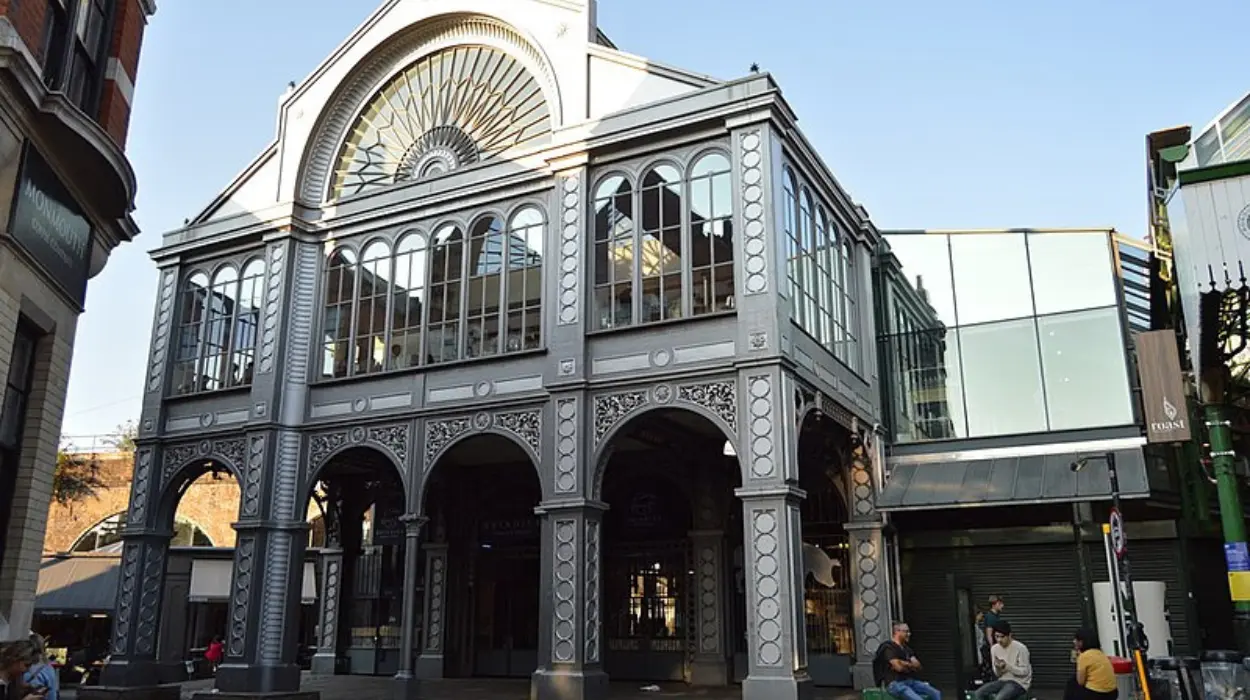Southwark (Parliament News) – Southwark councillors have approved plans for 1,434 student rooms next to Elephant and Castle station, marking a major boost for local accommodation.
According to London & Regional Properties Ltd.’s plans, student housing will be constructed in two tower blocks in Southwark, each of which will be thirty and thirty-one stories high.
As part of the development, two smaller buildings with 243 “affordable” apartments will also be constructed; they will be 21 and 23 stories tall. According to the proposals, the seven-story office building known as Skipton House, which has been unoccupied since 2022, would be removed to create space for new construction.
The remaining 72 of the 243 affordable apartments will be “intermediate,” which is based on a third of local salaries and may include shared ownership and London Living Rent, while the remaining 171 will be social rent. The 243 residences will be divided into 108 two-bedroom apartments, 58 three-bedroom apartments, and 77 one-bedroom apartments.
The 1,434 specially designed student rooms in the two towers will be rented out directly to the public at market rates.
Office space and medical services will occupy the first and second floors of the student tower blocks, while retail and/or food and beverage operations will occupy the ground floor.
Two expressions of support and 116 objections were made to the plans during the public consultation phase.
The student tower blocks were criticized for being “excessively tall” for the neighbourhood, for being an “over-development of the site,” and for causing major traffic, noise, and air pollution interruptions throughout the estimated three and a half-year construction period.
Three local residents spoke out against the plans during Wednesday night’s meeting, arguing the scheme was out of scale, was lacking in sufficient public benefits and was in “clear conflict” with a council planning policy.
One objector told the committee:
“We cannot keep simply throwing up tall buildings which are not supported by physical infrastructure nor other essential provisions such as healthcare neither the imposition of conditions nor the measly levy contributions proposed to mitigate these adverse effects.”
Later on in the meeting, Cllr Emily Tester said:
“I really do appreciate the concerns around scale and the massing, it is obviously going to be a substantial change but I think any development on this site, which clearly needs development because it’s been vacant for so long, would be of a substantive scale.
Notwithstanding the concerns of residents, I think they’re obviously really valid and I do really understand where you’re coming from but I think any development on this site will probably have similar impacts and I think we do ultimately want to balance it out with the public benefit of having such a high portion of on-site affordable housing.”
Thirteen of the 169 specially designed student rooms will be handicap accessible, while 130 will be studios and 26 “twodios,” or two en suite bedrooms with a communal kitchen.
Similar to the plans at Elephant and Castle, there won’t be any reasonably priced housing included; instead, all the student rooms will be rented out at market rates.
Rather, the developer will provide £7.8 million as a payment in lieu (PIL) to the council’s Homes Building Programme, which will help with the off-site delivery of affordable housing.
A abandoned structure that was formerly a car wash and repair shop now stands on the property, which is situated at the intersection of Ilderton Road and Hornshay Street.
Locals did not respond to the plans throughout the public comment period.
Planning authorization was then granted by the committee.
What transport and public-realm changes are planned around the site?
Reinforced links to the local North Greenwich Tube Station, bus routes and river transport will be promoted to encourage visitors to use sustainable transport.
Also included are improved pedestrian paths, safer crossings, and cycling facilities to promote non-motorised access to support active travel and limit car use.
Traffic management measures in place during events will likely include demarcated pick-up and drop-off areas and possibly temporary road closures or diversions to ensure safety and minimize congestion.
Due to limited capacity for local parking, resident’s permit zones and restrictions to parking on event days will probably encourage residents’ preferences and deter event parking in residential streets.


